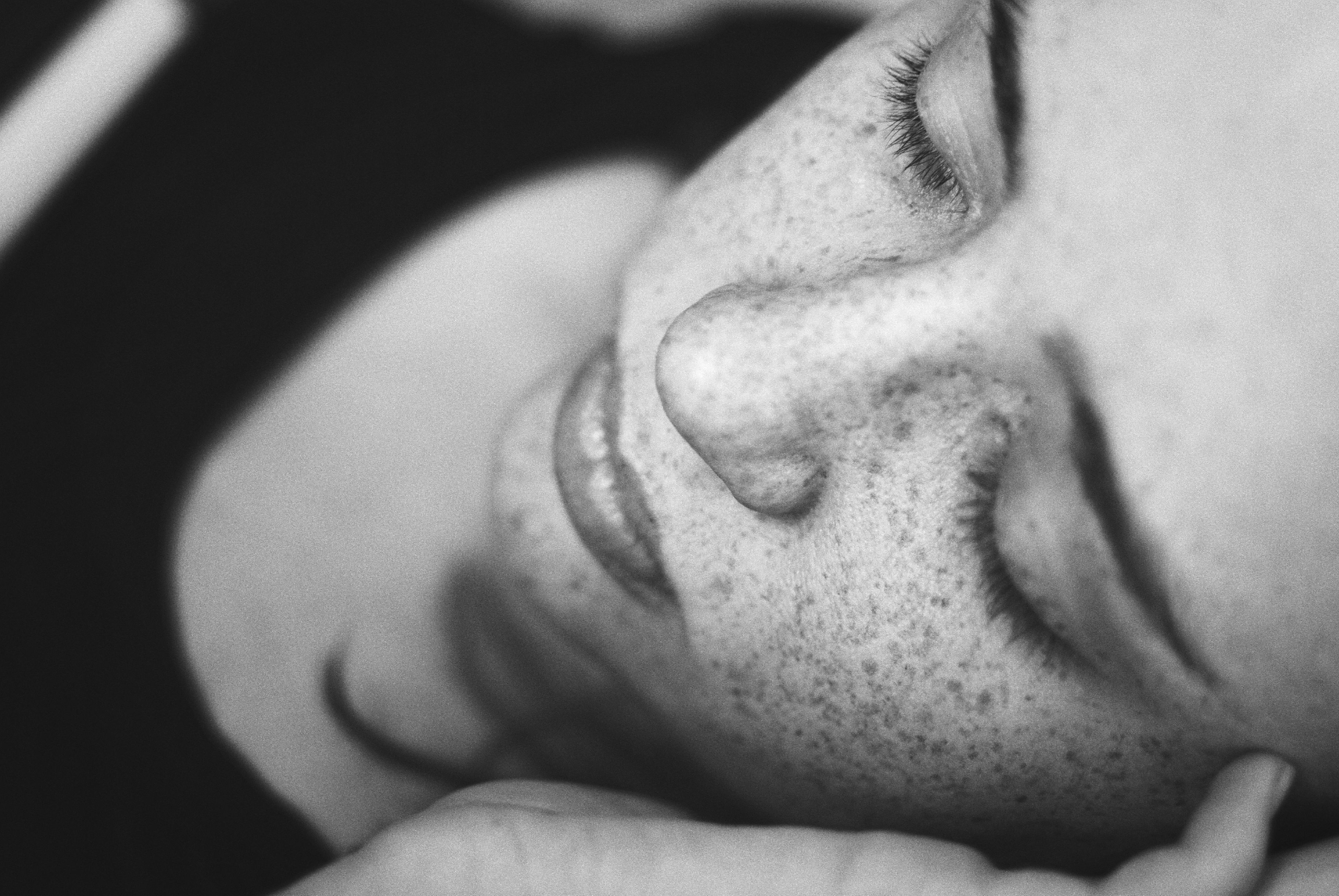By: Dr. Aimee Caramico
Sleep and the Brain
Many people do not realize that our brains are very active while we are asleep, and that level of activity varies throughout the night, depending on what stage of sleep we are in at the time. When we are asleep, we pass through five stages of sleep: 1, 2, 3, 4 and Rapid Eye Movement (REM) sleep. Usually, we progress through those stages in that particular order, and then the cycle starts again, and each of these stages of sleep are associated with different types of brainwaves.
When we are awake, we most often exhibit beta and alpha waves, with beta waves most often associated with wakefulness and alpha waves associated more with relaxation while awake. Once we are in stages of 1 and 2, we see more theta wave activity; this means we are in a lighter state of sleep. Stages 3 and 4 are when we transition into our deeper sleep, and that is dominated by delta waves. REM sleep is when we are experiencing vivid dreams, so there is a much greater variety of brainwave activity, usually a combination of alpha and beta waves, even though we are deeply asleep.
Disordered Sleep
While the above is what happens when sleep is more regulated, it changes greatly if someone is struggling with sleep disorders, including insomnia. People struggling with insomnia have been found to have faster brain waves present than what is considered the norm even while they were asleep. Recent studies have found that people with insomnia displayed greater levels of arousal while they were awake and in a resting state. In particular, they had less alpha-wave (relaxation) activity and more powerful beta-wave (wakefulness) activity. This indicates that even while in a relaxed state, their brains were showing significant signs of neurological activity and arousal.
How can neurofeedback help?
Research has shown that training individuals to increase their sensorimotor rhythm (SMR), or low beta brainwaves, can help increase calmness, regulate hyperactivity, promote body awareness and better control anxiety. In regard to sleep disorders, neurofeedback training can help to decrease arousal in those struggling with insomnia and increase arousal in those struggling with hypersomnia. One particular study cited below found that increasing SMR and helping individuals to better shape their brain activity helped with learning and the ability to fall asleep faster. Neurofeedback can also be used to reduce arousal levels and increase alpha waves throughout the day, which can help with arousal levels that interfere with falling asleep.
References
-
- Breus, M. (2016, May 05). Insomnia isn’t just a nighttime problem. Retrieved November 08. 2018, from https://www.thesleepdoctor.com/2016/05/05/insomnia-isnt-just-nighttime-problem/
- Gross, R. E. (2015, November 06). Suffering From Insomnia? Neuroscience Says Don’t Just Blame Your Habits-Blame Your Brian. Retrieved November 07, 2018, from https://slate.com/human-interest/2015/11/insomniac-brains-are-different-from-good-sleepers-according-to-neuroscience.html
- Hall, R. (n.d.). Stages of Sleep. Retrieved November 07, 2018, from https://web.mst.edu/~psyworld/sleep_stages.htm
- Hoedlmoser, K., Pecherstorfer, T., Gruber, G., Anderer, P., Doppelmayr, M., Klimesch, W., & Schabus, M. (2008). Instrumental conditioning of human sensorimotor rhythm (12-15 Hz) and its impact on sleep as well as declarative learning. Sleep, 31(10), 1401-8.






